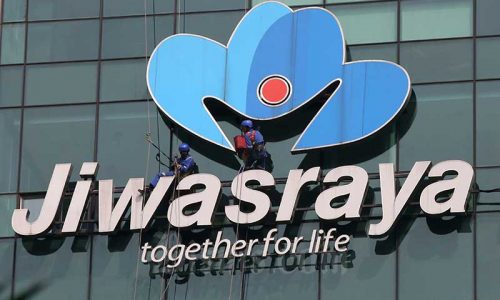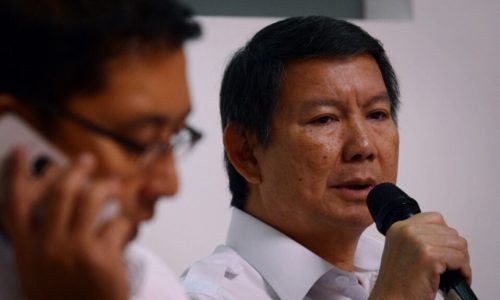Schneider Electric, digital transformation company in energy management and automation, announces that it has accelerated its end-to-end artificial intelligence (AI)-enabled data center solutions to address energy and sustainability challenges resulting from the high demand for AI systems.
The first part of the announcement is a new data center reference design, in collaboration with software and fabless company NVIDIA, that will support high-capacity AI clusters with up to 132 kW of liquid cooling per rack. Optimized for NVIDIA’s GB200 NVL72 and Blackwell chips, this design simplifies planning and deployment with a proven and validated architecture, and addresses the unique challenges of using liquid cooling at scale.
Earlier on December 4, 2024, Schneider Electric also introduced the new Galaxy VXL uninterruptible power supply (UPS), the most compact and high-capacity UPS designed for AI, data centers, and large-scale electrical loads. The Galaxy VXL UPS saves up to 52 percent space compared to the industry average, and with up to 1042 kW/m² of power, this 1.25 MW modular UPS is designed to provide more efficient power in a small, compact size.
Both innovations are part of Schneider Electric’s end-to-end AI-enabled data center solutions, which focus on three key areas, including developing energy strategies for the AI era; leading-edge infrastructure deployment; and sustainability consulting. The solution aims to help data center owners and operators deploy energy-efficient, high-capacity infrastructure to sustainably support AI workloads.
“The energy and environmental impacts of AI are evolving at a rapid pace, and it is critical that we lower the energy curve by finding new ways to reduce the carbon emissions of data centers and digital infrastructure,” Pankaj Sharma, Executive Vice President, Data Centers & Networks Schneider Electric, said as quoted in a statement on Wednesday, December 11, 2024.
“At Schneider Electric, we are committed to pushing boundaries, setting new standards, and shaping the future of AI, while protecting the environment. This requires a strategic approach from the power grid to the chip, to the cooling system and beyond.”he said.
Partnership with NVIDIA
Schneider Electric’s latest data center reference design was developed with NVIDIA to support AI clusters with liquid cooling, while addressing the unique challenges of implementing liquid cooling in various data center environments, including hyperscale data centers, data centers that provide server space rental in third-party facilities (colocation ), and data centers owned and managed by companies for their internal operational needs (enterprise).
Based on the partnership between the two companies, the reference design includes options for liquid-to-liquid Coolant Distribution Units (CDUs) and direct-to-chip liquid cooling, and comes with a comprehensive mechanical and electrical plan to ensure more energy-efficient and sustainable operations for future AI data centers. The design can be customized to meet the specific needs of AI workloads, while helping users take advantage of sustainable and energy-efficient infrastructure design for high-capacity applications.
Energy strategy
Schneider Electric supports companies in ensuring renewable energy supply and optimizing on-site power generation with multiple sources, such as wind, solar, and hydrogen. Schneider Electric provides services such as site selection and geographic analysis based on customer development plans, and enables on-site power generation through AlphaStruxure, which ensures the speed of implementation, reliability, robustness, and sustainability of the selected resources.
Schneider Electric has developed a complete portfolio of high-capacity, energy-efficient infrastructure systems to meet a wide range of AI needs that exceed 100kW per rack. These solutions include data center infrastructure components from grid to chip and chip to chiller, AI-based remote monitoring and energy management software, and digital services for lifecycle optimization.
Schneider Electric’s newGalaxy VXL UPS is the latest addition to the company’s advanced infrastructure portfolio. For the first time, it provides a modular and scalable solution of 1.25 MW with 125 kW/3U power modules in a footprint of 1.2 m², and is capable of supporting loads of up to 1.25 MW in a single frame and up to 5 MW with 4 units paralleled in a space of only 4.8 m².
In addition, to address temperature increases due to high-capacity workloads, Schneider Electric has signed an agreement to acquire a majority stake in Motivair Corporation. This move strengthens its liquid-based cooling portfolio and expertise in direct-to-chip liquid cooling technology and high-capacity thermal solutions.
Controlling AI energy curve
Schneider Electric is also driving an approach to “controlling the rate” of energy consumption, which focuses on applying “energy intelligence for sustainable AI”. Schneider Electric believes this can be achieved by integrating data center infrastructure with AI-driven applications.
In this way, the industry can not only reduce AI’s energy footprint, but also leverage AI’s monitoring capabilities and insights as tools for broader decarbonization efforts. Realizing this vision requires a shared commitment to implementing sustainable solutions and harnessing the potential of AI to drive efficiency across all sectors.
“While data centers pursue their net-zero goals amid unprecedented growth, the real promise of sustainability lies in leveraging AI to decarbonize the entire value chain across multiple industries. Long-term collaboration and innovation are critical to driving efficiency and sustainability,” Sean Graham, IDC’s Research Director, Cloud to Edge Datacenter Trends, said.









